€19.50
While turkey is not native to Ireland, it has become a popular choice for festive meals and special occasions in Irish cuisine. The tradition of serving turkey in Ireland can be traced back to the influence of British culinary customs.
In the past, goose was the preferred bird for Christmas dinners in Ireland. However, during the 18th and 19th centuries, turkeys started to gain popularity as they became more readily available and affordable. This shift was influenced by British traditions, as well as increased trade connections with North America
https://www.bordbia.ie/recipes/turkey-recipes/
Serves 4
1 large turkey breast or 1 double breast, tied into a joint
1 large onion, thickly sliced
1 carrot, cut into 4 horizontal slices
20g butter, at room temperature
Turkey is rich in nutrients. Two thick slices (84 grams) of turkey contain
The nutrients in turkey depend on the cut. For example, dark meat, which is found in active muscles such as the legs or thighs, tends to have more fat and calories than white meat — whereas white meat contains
Furthermore, turkey skin is high in fat. This means that cuts with the skin on have more calories and fat than skinless cuts.
For example, 3.5 ounces (100 grams) of turkey with the skin packs 169 calories and 5.5 grams of fat, whereas the same amount without the skin has 139 calories and just 2 grams of fat
Keep in mind that the difference in calories is small. What’s more, fat can help you keep full after meals.
Protein is important for muscle growth and maintenance. It gives structure to cells and helps transport nutrients around your body.
Additionally, a high-protein diet may even support weight loss by promoting feelings of fullness.
What’s more, turkey may be a healthier alternative to red meat, as some observational studies link red meat to an increased risk of colon cancer and heart disease

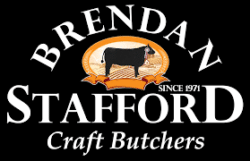
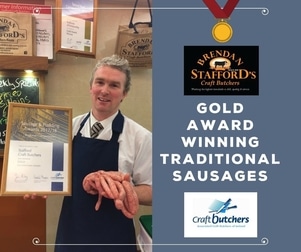
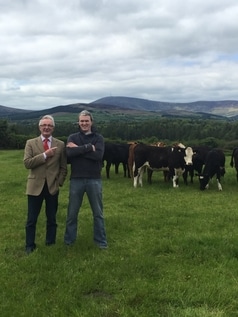
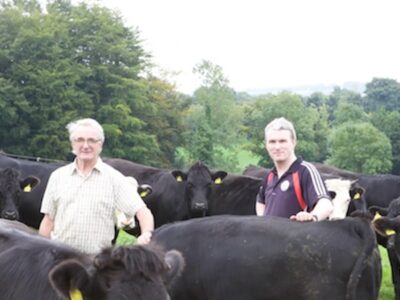



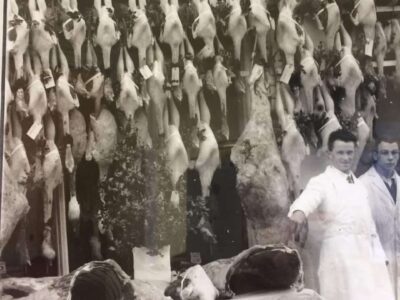
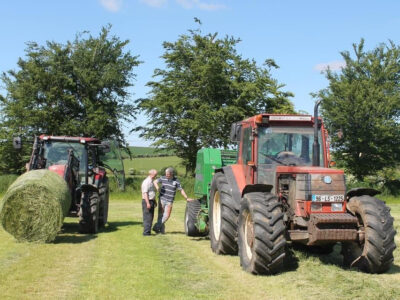

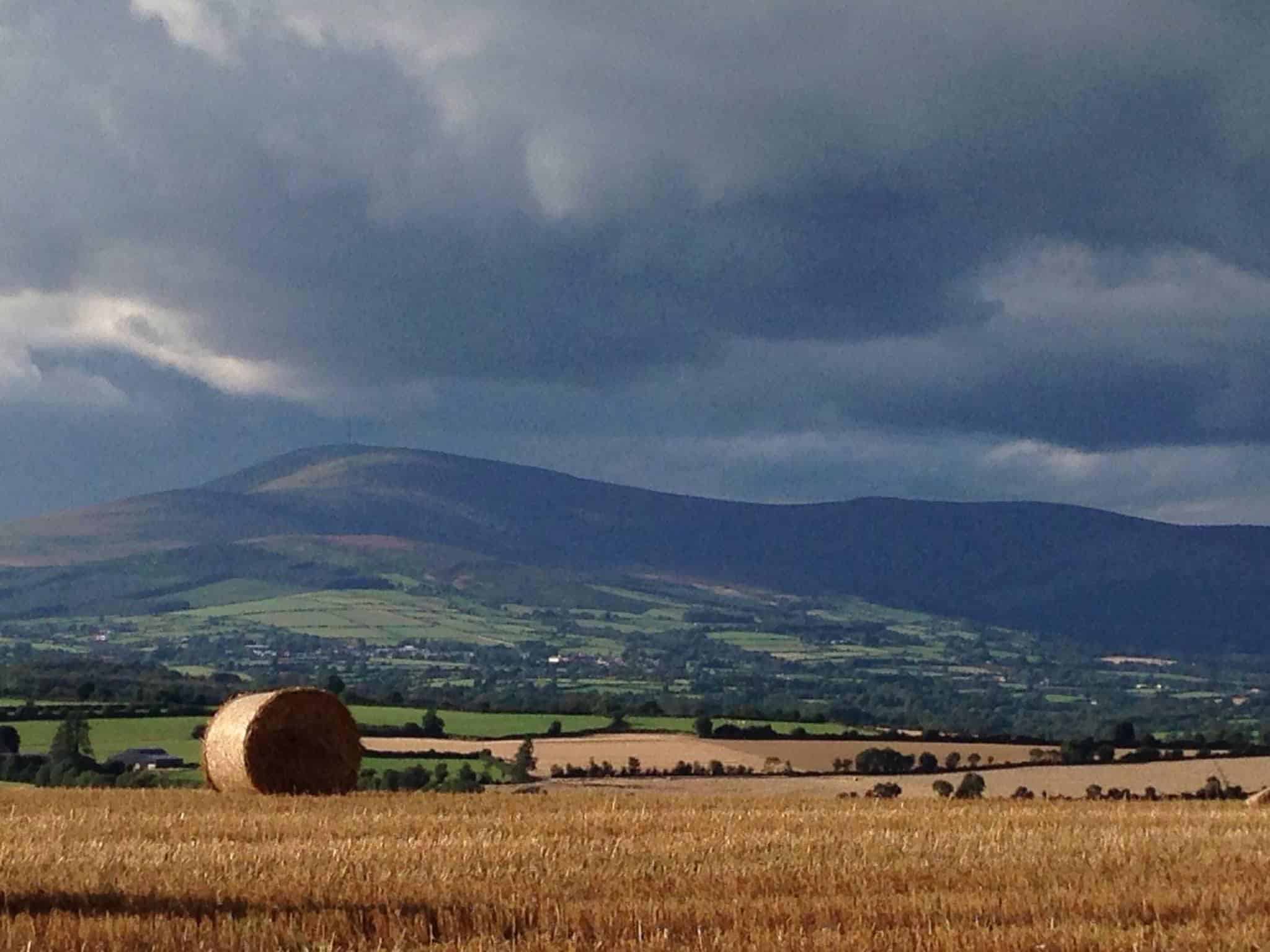
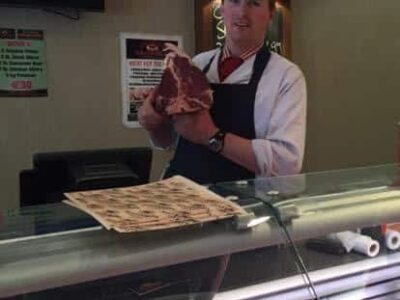

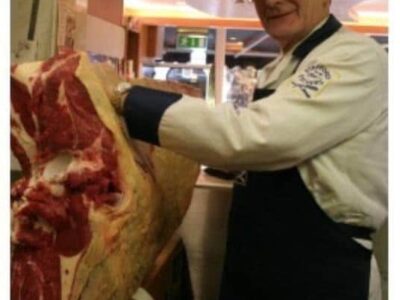
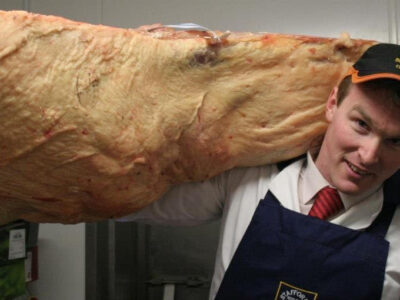

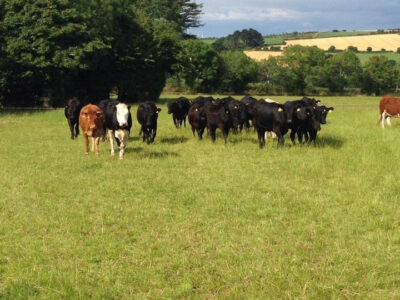
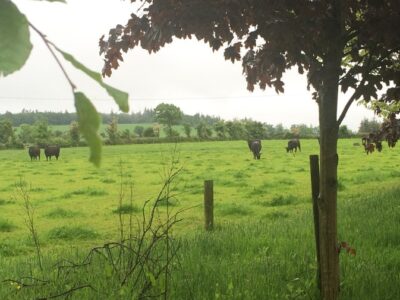
Stafford’s Butchers is family run and owned. We hand-rear our own Angus cattle on our farm in Killanne. Killanne for those people who don’t know, is a slice of heaven situated in the foothills of the Blackstairs Mountains in the County of Wexford.
It is a place where community is important and neighbours are good friends, it has stunning scenery and top quality grass. We may be biased but we have been told that you can taste the difference in our tender beef and steak. Our beef is literally delivered from our gate to your plate.
Stafford’s butchers was founded by Brendan Stafford in 1971. In 1961, aged 16 Brendan started in the butcher business – ‘I started my trade in Moore Street before moving home to Wexford’. Brendan set up his business in Enniscorthy and has always promoted traditional breeds of cattle like Hereford & Angus.
“For good quality beef you need the traditional breeds of cows, the bit of fat on these cattle gives the meat the perfect flavour. We find meat is lacking in flavour in the big continental animals, so we go for the young traditional cattle which have a lot of flavour.”
Brendan’s son Killian is now in control of the business, while Brendan looks after the farming and producing quality beef which we supply to all our customers.
“We pride ourselves on top quality produce, we have always maintained keeping the best quality of meat because if you cut the quality of your meat you’re just the same as everyone else, you need to stand out from the crowd.”
We have always promoted traditional breeds of cattle like Aberdeen Angus. “For good quality beef you need the traditional breeds of cows, the bit of fat on these cattle gives the meat the perfect flavour.” Angus beef develops with better marbling than most cattle. Marbling is the amount of intramuscular fat. Most people agree that marbling improves flavour, tenderness, and keeps meat moist while cooking (especially at high temperatures).
Heifer beef is more tender and it’s a sweeter beef so this is why we only breed heifers. We definitely believe in quality over quantity, we could breed a bigger amount of cattle but we only keep the best.
In most supermarkets they wet age their beef so it don't lose moisture and weight, which means more profit. We use traditional method of dry ageing our beef for 40 days, this gives the beef better flavour and much more tender.
We are a proper Butcher’s, in that we have all the traditional cuts of meat. We have T-Bones, Rib Roast on the Bone, our own Dry Aged Steak, Striploin and we also have some of the more traditional cuts that are making culinary comebacks like Oxtail, Beef Kidneys,
We take great pride in our skill, ask us for advice on how to cook these traditional cuts. In a real butcher’s, meat has meaning.
We stock the best quality Wexford Lamb, we have all the traditional cuts of lamb available in the shop, Racks of Lamb, Shoulder of Lamb, Legs of Lamb. We also have very tasty homemade Lamb burgers and Lamb Meatballs as well.
Thanks to the mild Wexford weather, lamb spends most of the year outside and therefore is primarily fed off grass, making it almost organic.
Lamb is high in essential minerals, proteins and vitamins necessary for good health. It is extremely rich in Vitamin B12 and Vitamin D, very rich in Zinc, high in CLA’s and rich in desirable Omega-3 fatty acids. All in all, lamb is a perfect meal choice for all the family.
Lamb is very versatile – whether you’re preparing a quick midweek meal or a dinner for family or friends, the sweet distinctive flavour of lamb is sure to put a smile on everyone’s face.
Our award–winning pork, bacon and sausage products are all made using superb quality 100% Irish pork. The pork is from pigs selected from our trusted local farmers.
At Stafford’s we home cure our own rashers, they look and taste how rashers should, how they used to taste! Our Home Cured rashers are lower in Salt so are healthier too! We don’t add any extra water, they are home cured in the traditional way by us, using only the best 100% Irish bacon. You really have to taste them!
Another speciality at Stafford’s is our Gold Medal Award Winning sausages. These are made daily on the premises in a range of flavours.
Killian devised a banger with a unique black pepper and red onion flavour that wowed the critics from the Associated Craft Butchers of Ireland.
All our Chicken is locally sourced and we support Bord Bia Quality Assured Farms, where animal welfare is of paramount importance. Our Chickens come form a local supplier Ray Keogh Foods, and we have great value whole birds as well as Free Range birds. Our chicken breasts are full of chicken, not pumped full of saline solution, which means they stay firm and fleshy when cooked, yet remain satisfyingly moist, too. We make our own Chicken Stir-fry from our fresh vegetables delivered daily, and the best quality Chicken breasts.